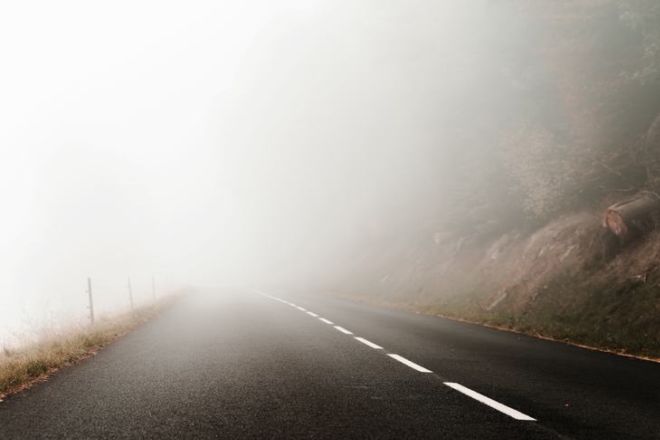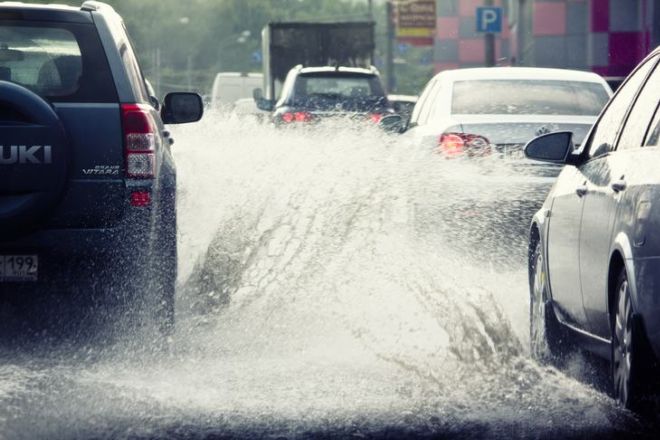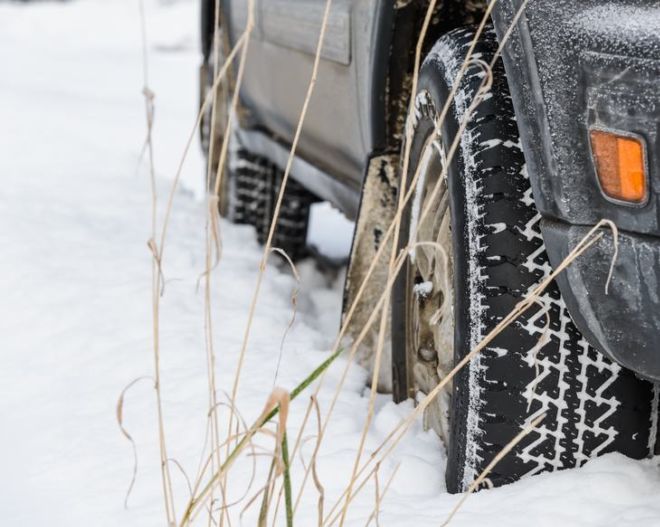A car is a comfortable means of transport, but it is a big responsibility for a driver, particularly when the weather is bad. In fact, according to research conducted by American scientists, about 22% of all road accidents each year are created due to metrological factors. This is why every driver is required to have a special set of knowledge and skills that will help them manage their car during bad weather conditions. Here are six efficient tips that will keep you safe in bad weather.
1. When it’s foggy

Driving in fog can be a challenge. When doing so, the side windows of your car should be kept down. This will enable you to hear what’s happening outside better. Instead of your high beams, turn on your low beams. Using high beams will confuse the driver as the light will reflect in the tiniest particles of the fog.
2. On a slippery road
When driving on a slippery road, be extra cautious when driving over bridges. Because a bridge is exposed to air on all of its surfaces – on top, underneath and on its sides (a normal road surface is only exposed to air on one side, its top surface), when temperatures drop, bridges will cool and accumulate snow and ice faster than roadways. They can catch drivers traveling at full speed off guard because the rest of the roads appear to be clear or just a little wet.
3. During rain

It is not recommended that you use rear fog lights during the rain because they can mask the brake lights of your car confusing drivers behind you. When coming up to a big puddle, stop the car in front of it and try to measure it, making sure that you can cross it.
4. During the rain, at night
If you are driving during heavy rain at night bear in mind that raindrops on the windshield refract light, blinding you. Strong rain also creates a reflecting screen when they are lit. For this reason, it’s better to regulate your headlights so that the beams don’t go upward.
5. Snowbanks

If you end up in a snow mound on the curb of the road during the winter, don’t steer the wheel in the opposite direction. Remember that it is necessary to keep the steering wheel turned in the same direction. Then, get back to the road by constantly pressing on the gas.
6. During a dust storm
To get to your destination point during a dust storm safely, among many other recommendations, it is recommended that you slow your car down excessively (checking for traffic around you first) then leave your car parked on the side of the road with your headlights switched off. This safety precaution won’t confuse other cars to mistaken the lights of your car for moving traffic. Be sure that you do not wait until the visibility gets worse for you to park your car at the side.
Bad WeatherDrivingInformative




